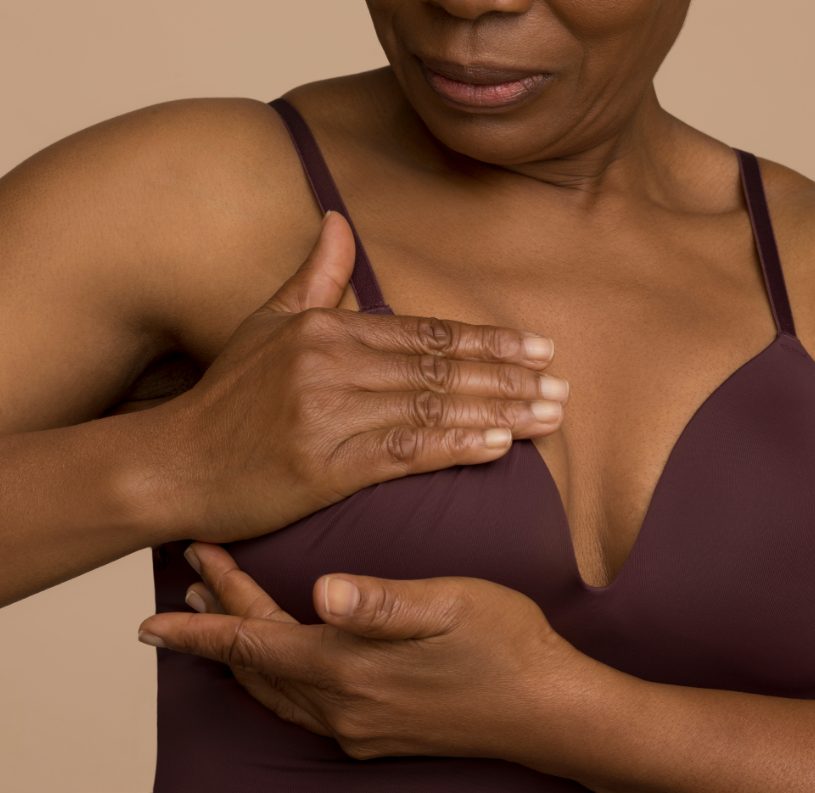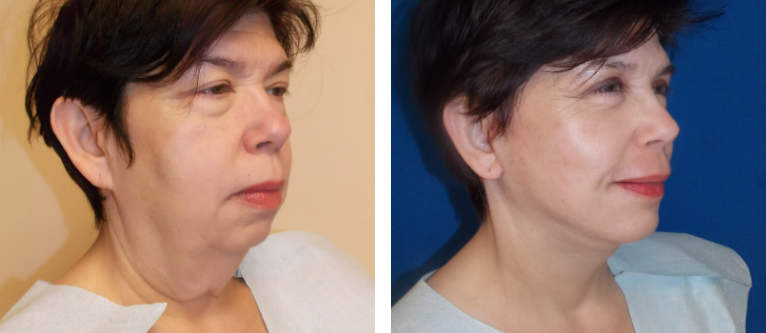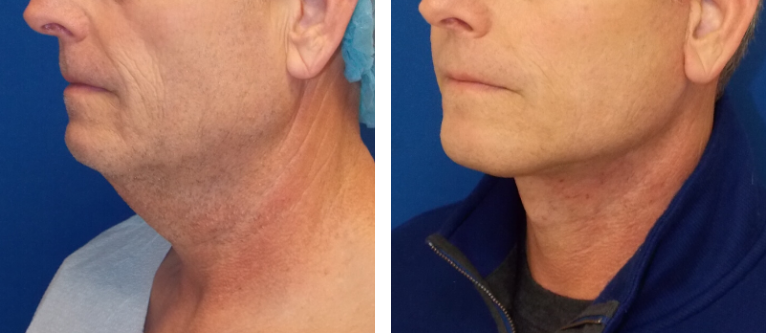Poland Syndrome is a rare birth defect characterized by underdevelopment or absence of the chest muscle on one side of the body and (but not always) webbing of the fingers of the hand on the same side mostly common on the right side of the body and found more in males than females.
It is usually considered a unilateral condition. Some have claimed that the term can be applied in bilateral presentation, but others recommend using alternate terminology in those cases.
History
It was first named in 1962 by Patrick Clarkson a British plastic surgeon working at Guy’s Hospital and Queen Mary’s Hospital.
He noticed that three of his patients had both a hand deformity and an underdeveloped breast on the same side.
He discussed this with his colleague, Dr. Philip Evans. Clarkson found a reference to a similar deformity published by Alfred Poland, over one hundred years earlier in Guy’s Hospital reports, in 1841.


Who Does Poland Syndrome Affect?
Poland syndrome affects males three times as often as females and affects the right side of the body twice as often as the left. The incidence is estimated to range from one in 7,000 to one in 100,000 live births.
Causes
The cause of Poland syndrome is unknown. However, an interruption of the embryonic blood supply to the arteries that lie under the collarbone at about the 46th day of embryonic development is the prevailing theory.
Treatment
Reconstructive surgery is the main treatment for those with Poland syndrome. Either existing chest muscle or transplanting muscle from another body area may be used to develop symmetry between the affected and unaffected side.
If chest-wall ribs are underdeveloped or missing, bioengineered cartilage can be implanted to help give the chest a more normal appearance. Reconstructive surgery may be considered in males as young as 13 years of age.
In females, in order to ensure breast similarity in size and character, reconstructive surgery is often postponed until breast development on the uninvolved side has been completed. Therapeutic tattooing can be used to create the appearance of an areola and nipple.







